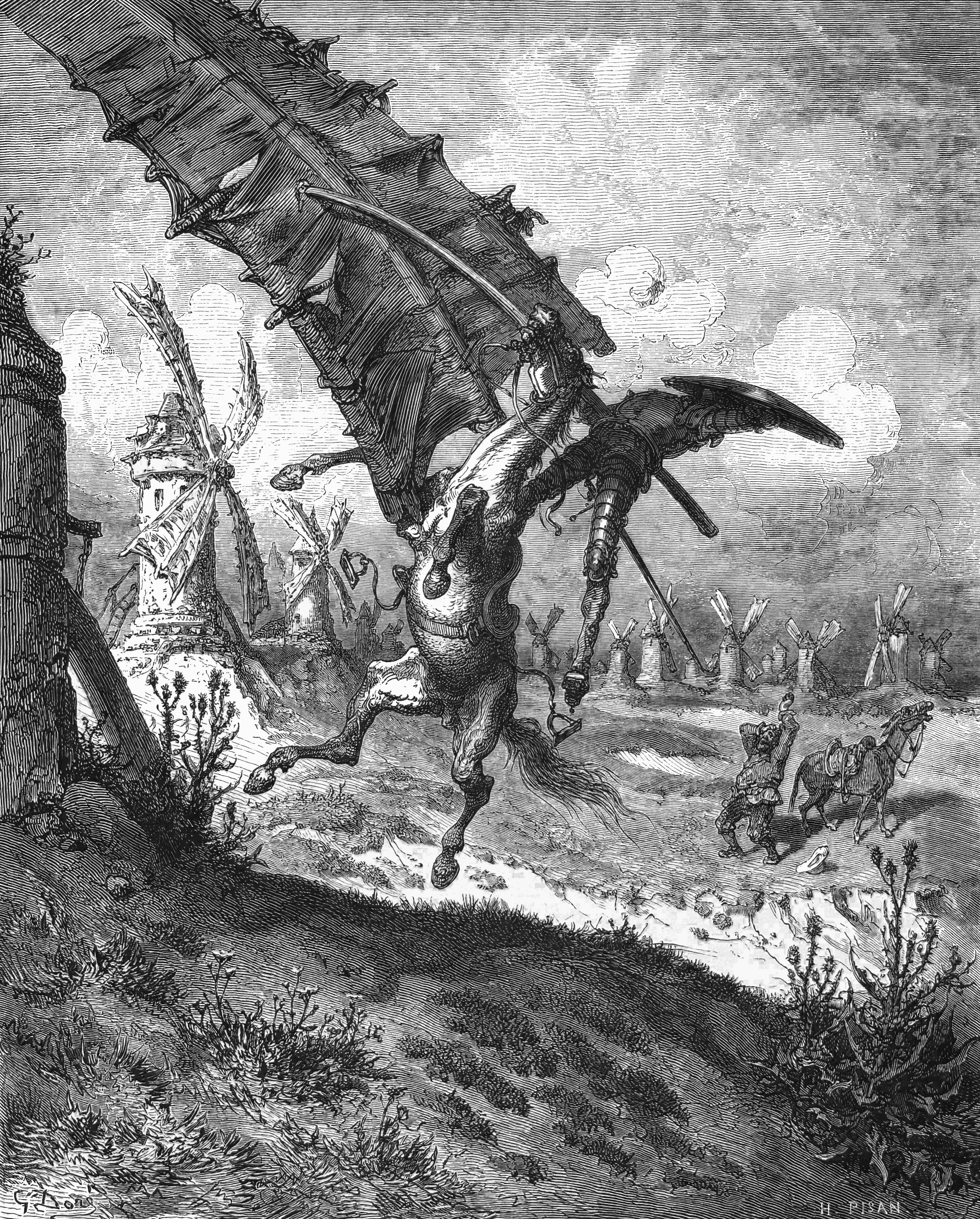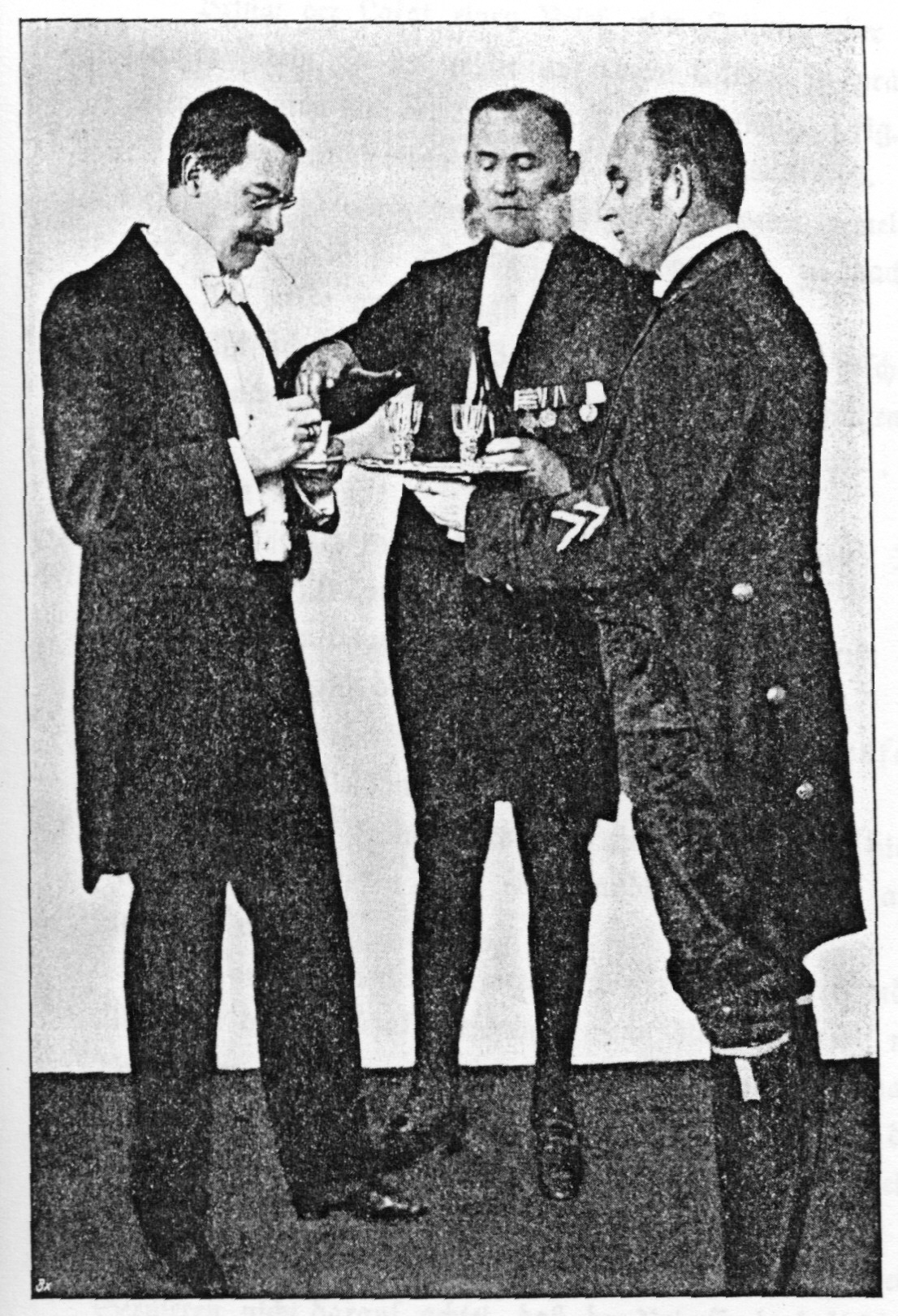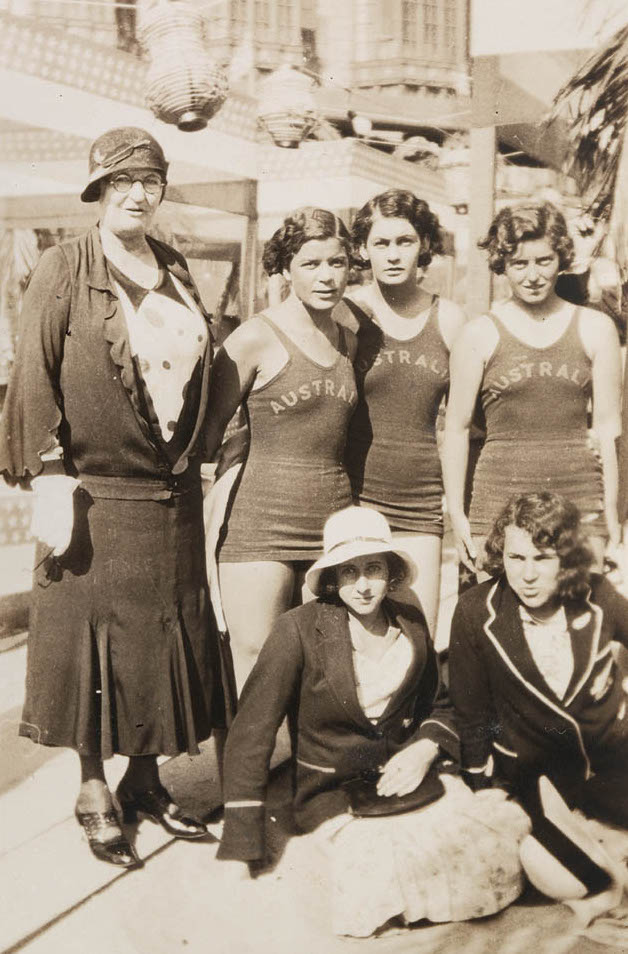|
List Of Don Quixote Characters
The following is a partial list of characters in the novel '' Don Quixote de la Mancha'' by Miguel de Cervantes Saavedra. Main characters * Alonso Quijano (or Quesada, or Quijada), who calls himself Don Quixote (can be modernized as Quijote), a Spanish gentleman and hidalgo of La Mancha, who believes himself to be, and acts as befitting, a knight-errant as described in various medieval books of chivalry, which he reads avidly until he goes insane. He rides a common, sickly nag named Rocinante. * Sancho Panza (or Zancas), Don Quixote's fat, unkempt squire. He is uneducated and unable to read, but he knows numerous proverbs and rides a donkey. In the second part of Don Quixote, he is given the island of Barataria to rule by the duke and duchess. Other characters * Antonia, Alonso Quijano's niece, a woman under twenty; she urges both the priest and the barber to burn all of Alonso's books * Antonio, a goatherder, who plays a song for Don Quixote on the rebec (in Book I, Chapt ... [...More Info...] [...Related Items...] OR: [Wikipedia] [Google] [Baidu] |
Don Quixote
, the full title being ''The Ingenious Gentleman Don Quixote of La Mancha'', is a Spanish novel by Miguel de Cervantes. Originally published in two parts in 1605 and 1615, the novel is considered a founding work of Western literature and is often said to be the first modern novel. The novel has been labelled by many well-known authors as the "best novel of all time" and the "best and most central work in world literature". ''Don Quixote'' is also one of the List of literary works by number of translations, most-translated books in the world and one of the List of best-selling books, best-selling novels of all time. The plot revolves around the adventures of a member of the lowest nobility, an Hidalgo (nobility), hidalgo from La Mancha named Alonso Quijano, who reads so many chivalric romances that he loses his mind and decides to become a knight-errant () to revive chivalry and serve his nation, under the name . He recruits as his squire a simple farm labourer, Sancho Panza, wh ... [...More Info...] [...Related Items...] OR: [Wikipedia] [Google] [Baidu] |
El Toboso
El Toboso is a town and municipality located in the Mancha Alta de Toledo comarca, province of Toledo, Castile-La Mancha, central Spain. According to the 2009 data, El Toboso has a total population of 2,219 inhabitants. The economy of the town is based on wine production and cattle, and sheep. El Toboso is famous for appearing in the novel ''Don Quixote'' by the Spanish writer Miguel de Cervantes, as the town in which the fictional character Dulcinea lives. The town also appears in Graham Greene's tribute '' Monsignor Quixote'', where the heroes are a priest (supposedly a descendant of Cervantes's character), and the recently deposed Communist mayor of the town in the post-Franco era. Main sights * The Catholic church of ''San Antonio Abad'', built in the 15th century. * The convent A convent is an enclosed community of monks, nuns, friars or religious sisters. Alternatively, ''convent'' means the building used by the community. The term is particularly used in th ... [...More Info...] [...Related Items...] OR: [Wikipedia] [Google] [Baidu] |
Cultural Influence Of Don Quixote
Culture ( ) is a concept that encompasses the social behavior, institutions, and norms found in human societies, as well as the knowledge, beliefs, arts, laws, customs, capabilities, attitudes, and habits of the individuals in these groups.Tylor, Edward. (1871). ''Primitive Culture''. Vol 1. New York: J. P. Putnam's Son Culture often originates from or is attributed to a specific region or location. Humans acquire culture through the learning processes of enculturation and socialization, which is shown by the diversity of cultures across societies. A cultural norm codifies acceptable conduct in society; it serves as a guideline for behavior, dress, language, and demeanor in a situation, which serves as a template for expectations in a social group. Accepting only a monoculture in a social group can bear risks, just as a single species can wither in the face of environmental change, for lack of functional responses to the change. Thus in military culture, valor is counted ... [...More Info...] [...Related Items...] OR: [Wikipedia] [Google] [Baidu] |
Fierabras
Fierabras (from French: ', "brave/formidable arm") or Ferumbras is a fictional Saracen knight (sometimes of gigantic stature) appearing in several ''chansons de geste'' and other material relating to the Matter of France. He is the son of Balan, king of Spain, and is frequently shown in conflict with Roland and the Twelve Peers, especially Oliver, whose prowess he almost rivals. Fierabras eventually converts to Christianity and fights for Charlemagne. Texts and adaptations The oldest extant text of the story of Fierabras is a 12th-century () Old French ''chanson de geste'' of roughly 6,200 alexandrinesHasenohr in assonanced laisses. The story is as follows: the Saracen king Balan and his son Fierabras return to Spain after sacking the church of Saint Peter's in Rome and taking the relics of the passion. Charlemagne invades Spain to recover the relics and sends his knight Olivier de Vienne, Roland's companion, to battle Fierabras. Once defeated, the giant decides to conver ... [...More Info...] [...Related Items...] OR: [Wikipedia] [Google] [Baidu] |
Mambrino
Mambrino was a fictional Moorish king, celebrated in the romances of chivalry. His first appearance is in the late fourteenth-century ''Cantari di Rinaldo'', also known as ''Rinaldo da Monte Albano'', ''Rinaldo Innamorato'' or ''Innamoramento di Rinaldo''. The ''Cantari di Rinaldo'' is an adaptation of the Old French -4; we might wonder whether there's a point at which it's appropriate to talk of the beginnings of French, that is, when it wa ... Renaud de Montauban'', also known as ''Les Quatre Fils Aymon''. In the Old French, Renaud de Montauban">Renaud defeats the Saracen king Begon, who was invading King Yon's kingdom of Gascony. The Italian replaces Begon with Mambrino, and furnishes him with an elaborate backstory. In the ''Cantari'', Mambrino is one of six brothers, all giants. Four of the brothers had been decapitated by Rinaldo on various occasions earlier in the poem, so that his invasion of Gascony was motivated by his desire for vengeance. Rinaldo, as the Italians called ... [...More Info...] [...Related Items...] OR: [Wikipedia] [Google] [Baidu] |
Chivalry Romance
As a literary genre, the chivalric romance is a type of prose and verse narrative that was popular in the noble courts of high medieval and early modern Europe. They were fantastic stories about marvel-filled adventures, often of a chivalric knight-errant portrayed as having heroic qualities, who goes on a quest. It developed further from the epics as time went on; in particular, "the emphasis on love and courtly manners distinguishes it from the ''chanson de geste'' and other kinds of epic, in which masculine military heroism predominates." Popular literature also drew on themes of romance, but with ironic, satiric, or burlesque intent. Romances reworked legends, fairy tales, and history to suit the readers' and hearers' tastes, but by they were out of fashion, and Miguel de Cervantes famously burlesqued them in his novel ''Don Quixote''. Still, the modern image of "medieval" is more influenced by the romance than by any other medieval genre, and the word ''medieval'' evok ... [...More Info...] [...Related Items...] OR: [Wikipedia] [Google] [Baidu] |
Aragon
Aragon ( , ; Spanish and ; ) is an autonomous communities of Spain, autonomous community in Spain, coextensive with the medieval Kingdom of Aragon. In northeastern Spain, the Aragonese autonomous community comprises three provinces of Spain, provinces (from north to south): Province of Huesca, Huesca, Province of Zaragoza, Zaragoza, and Province of Teruel, Teruel. Its capital is Zaragoza. The current Statute of Autonomy declares Aragon a ''nationalities and regions of Spain, historic nationality'' of Spain. Covering an area of , the region's terrain ranges diversely from permanent glaciers to verdant valleys, rich pasture lands and orchards, through to the arid steppes of the central lowlands. Aragon is home to many rivers—most notably, the river Ebro, Spain's largest river in volume, which runs west–east across the entire region through the province of Zaragoza. It is also home to the Pyrenees#Highest summits, highest mountains of the Pyrenees. , the population of Arago ... [...More Info...] [...Related Items...] OR: [Wikipedia] [Google] [Baidu] |
Lothario
Lothario is an Italian name used as shorthand for an unscrupulous seducer of women, based upon a character in '' The Fair Penitent'', a 1703 tragedy by Nicholas Rowe.Lothario Dictionary by Merriam-Webster In Rowe's play, Lothario is a libertine who seduces and betrays Calista; and his success is the source for the proverbial nature of the name in the subsequent English culture. ''The Fair Penitent'' itself was an adaptation of '' The Fatal Dowry'' (1632), a play by Philip Massinger and [...More Info...] [...Related Items...] OR: [Wikipedia] [Google] [Baidu] |
Perot Rocaguinarda
Perot may refer to: People * Ross Perot (1930–2019), United States business leader and presidential candidate * H. Ross Perot, Jr. (born 1958), United States businessman and son of Ross Perot * Alfred Pérot (1863–1925), French physicist * William Bennett Perot (1791–1871), early postmaster of Bermuda; see Perot Island, Bermuda * Perot de Garbalei (fl. 1300), author of ''Divisiones Mundi'' Other uses * Perot Systems, an information technology company led by Ross and H. Ross Perot * Perot Museum of Nature and Science The Perot Museum of Nature and Science (shortened to Perot Museum) is a natural history and science museum in Dallas, Texas, in Victory Park. The museum was named in honor of Margot and Ross Perot. The current chief executive officer of the mus ..., Dallas, Texas, United States See also * Perrot (other) * Perreau, a surname {{Disambiguation, surname ... [...More Info...] [...Related Items...] OR: [Wikipedia] [Google] [Baidu] |
Lackey (manservant)
A lackey or lacquey, in its original definition (attested 1529, according to the ''Oxford English Dictionary''), is a uniformed manservant. The modern connotation of "servile follower" appeared later, in 1588 (''OED''). Etymology There are several theories about the origins of the word. By one theory, it is derived from Medieval French ''laquais'', "foot soldier, footman, servant", ultimately from Turkish ''ulak'', literally "a messenger". The word also exists in German, where ''Lakai'' denotes a liveried manservant in the services of a monarch or prince. Usage in popular culture Lackey is typically used as a derogatory term for a servant with little or no self-respect who belittles himself in order to gain an advantage. Such advantage is often assumed to be slight, temporary and often illusory. See also * Sycophancy * Footman A footman is a male domestic worker employed mainly to wait at table or attend a coach or carriage. Etymology Originally in the 14th century a ... [...More Info...] [...Related Items...] OR: [Wikipedia] [Google] [Baidu] |
Duenna
A chaperone (also spelled chaperon) in its original social usage was a person who for propriety's sake accompanied an unmarried girl in public; usually she was an older married woman, and most commonly the girl's own mother. In modern social usage, a chaperon (frequent in British spelling) or chaperone (usual in American spelling) is a responsible adult who accompanies and supervises young people. By extension, the word chaperone (clinical), chaperone is used in clinical contexts. Origin The word derives figuratively from the French language, French word ''chaperon'' (originally from the Late Latin ''cappa'', meaning "cape"), which referred to a hood that was worn by individuals generally. A chaperone was part of the costume of the Knights of the Garter when they were in full dress and, probably, since the Knights were court attendants, the word ''chaperon'' changed to mean escort. An alternative explanation comes from the sport of falconry, where the word meant the hood pla ... [...More Info...] [...Related Items...] OR: [Wikipedia] [Google] [Baidu] |
Biscayne (ethnonym)
Until the early 19th century the word Biscayne (= Biscayan) was a demonym and ethnonym referring somewhat ambiguously to the Basque Country (usually excluding Navarre), or more often the Basque people in general. For example, Saint Francis Xavier identified himself as a "Biscayne" — or ''vizcaino'', as he wrote it – meaning a Basque from Vizcaya. Whaling crews from Labourd in the North Atlantic are also referred to as Biscaynes in the 16–18th century. The word Biscayne left an imprint in different place names and surnames (last names) of the Americas and the Philippines, related to the Basque whale hunting and colonisation of the "New World".Bakker, Peter (1987). "A Basque Nautical Pidgin: A Missing Link in the History of Fu". Journal of Pidgin and Creole Languages. 2 (1): 1–30 By the time of the 1833 territorial division of Spain, the concept had shifted gradually to mean anything related to the Basque province of Biscay in Spain Spain, or the Kingdom of Spain, i ... [...More Info...] [...Related Items...] OR: [Wikipedia] [Google] [Baidu] |




